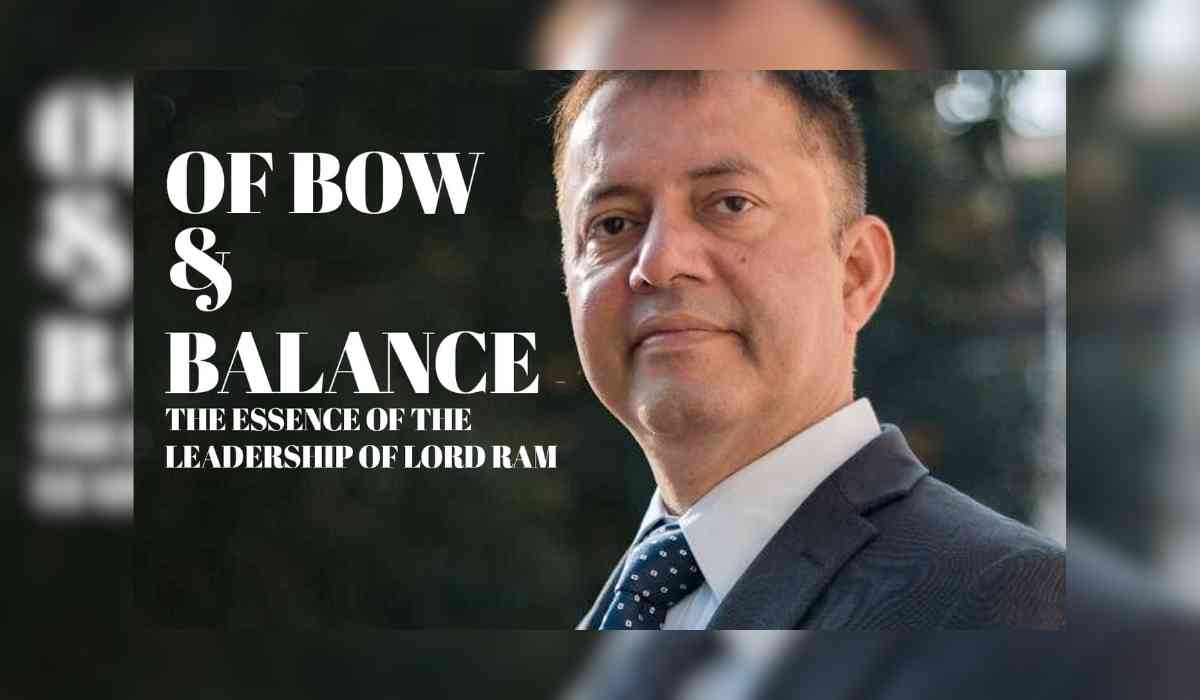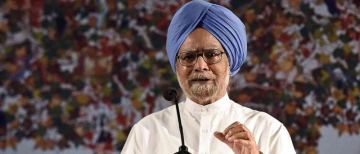In the grand geography of existence, leadership, like a river, has meandered and evolved, carving its path through the bedrock of human civilization. In the early days of animal herds, leadership was often about the matter of survival, guiding the herd to greener pastures, safeguarding it from predators, and ensuring the continuity of life. However, in humans, the concept of leadership, especially Kingship, transcends mere survival. It embodies the nurturing of a culture, a 'Sanskriti', where the weak and disadvantaged flourish equally under the protective gaze of a leader, a true king. This evolution marks the shift from the raw 'Might is Right' principle, or 'Matsya Nyay', of nature ('Prakriti'), to the establishment of 'Dharma' – a socio-ethical order grounding concepts like justice, equality, accountability, sustainability, and minimalism of violence. An exercise of analyzing such ideas in the realm of ancient wisdom can help budding leaders of today to uncover profound insights and inspirations, propelling them to get ahead in their journey towards growth and maturity as leaders, arming them to enrich their mental toolkits with timeless and effective principles.
Among these treasures lies the Ramayana, encompassing a common set of folklore, scriptures, festivals, pilgrimages, art, and culture. Extending beyond geographical boundaries, it has captivated audiences in Southeast Asia and beyond. The Ayodhya Kanda mentions, "Rama, the personification of dharma, famous and righteous, was loved by all people and protected them justly.” The story of Lord Ram, intriguing to people from all walks of life, including leaders, is especially pertinent in modern research that analyzes his conduct in the context of contemporary leadership.
Whenever we speak of Lord Ram, we visualize him with his bow and a calm smile – a balance between the discipline of a warrior and the compassion of a benevolent leader. This reminds me of the conversations between Lord Shiva and the Goddess Devi Shakti, which have been a wellspring of profound wisdom, cascading through the ages as an 'Ocean of Stories' (Katha Sarita Sagar). These divine dialogues considered the original sources of numerous beloved and revered legends, have shaped much of the philosophical undercurrents of Indian tradition. In one such insightful exchange, Shiva and Shakti deliberated over the contrasting paths of life - the hermit and the householder, discussing the nuanced concepts of 'Tapa' (austerity) and 'Yajna' (sacrifice and social exchange).
'Tapa', often favored by hermits, symbolizes the inner fire of discipline and restraint. It's a journey inward, a quest for self-realization and mastery over one’s desires and impulses. Conversely, 'Yajna' represents the householder's path, rooted in the act of sacrifice and the cycle of giving and receiving. It embodies the principle of nurturing society, contributing to the collective welfare, and the recognition of interconnectedness where one’s actions are in harmony with the greater good of the community.
In this profound dialogue, the concept of balance between these two paths is often visualized or symbolized in the form of the metaphor of a bow. The bow, an instrument of both war and sport, demands a harmony of forces - the flexibility of the bow and the tension of the string. If the string is too loosely tied, the bow loses its potential to launch the arrow effectively. If it is too tight, it risks snapping, thereby losing its essence and purpose. This delicate balance between 'Tapa' and 'Yajna' mirrors the challenges faced by a king or a leader. It is about striking the right balance between personal ambition and responsibility towards the environment and society; and also about making tough choices – on the crossroads of progress and sustainability, navigating through dilemmas and decisions that shape the fate of their people. The bow also signifies the swift action and focus a king has to channel towards the common vision or goal to establish Dharma.
Lord Ram, analyzed through this lens, emerges as an archetype of such effective leadership. Interestingly, he is strongly associated with bows in his legends, traditionally depicted with a bow on his shoulders, even during his exile. He breaks the divine bow Pinaka of Lord Shiva during Sita’s Swayamwar. He is also associated with the Bow of Lord Vishnu called Saranga. Renowned for his skill in archery, where his arrow, the 'Ram Baana', is famed for never missing its mark, Ram's leadership is marked by a similar balance and precision. His reign, known as 'Ram Rajya', is celebrated as an epitome of Dharma, symbolizing prosperity, justice, and fairness for all subjects, nurturing holistic development. He consistently embodies Dharma and Maryada, balancing contradictory values with grace.
This imagery is reminiscent of the Transformational Leadership theory, where leaders transcend personal interests for the greater good, inspiring and motivating their followers. The bow, in this metaphorical sense, becomes a symbol of such leadership – balancing power with responsibility and individual aspirations with collective needs.

Prof. Himanshu Rai, Director, IIM Indore
Disclaimer: The views and opinions expressed in this article are those of the author and do not necessarily reflect the views or positions of Vygr News and Vygr Media Private Limited.


























